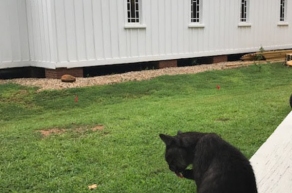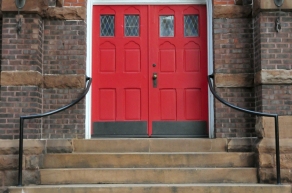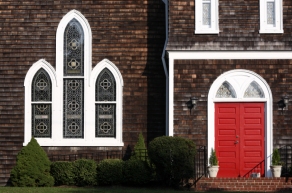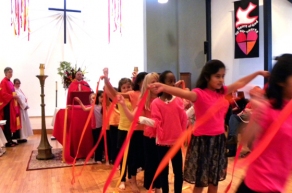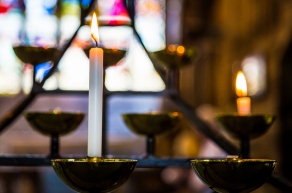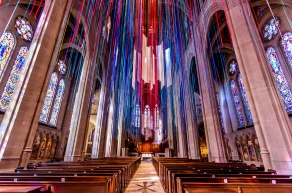
Oliver J. Hart, bishop of the Episcopal Diocese of Pennsylvania from 1943 to 1963, confessed his struggles at one time with integrating churches in the Philadelphia area, telling The Philadelphia Bulletin: “It’s not just a question of Negro and white. It’s a problem of people moving from one place to another. If you could just put your churches on wheels, it would be much easier.” (Quoted in D. Contosta, This Far by Faith)
It’s a cute idea – churches on wheels. It’s also a compelling question. I wonder if we could at least find a way to put our buildings and received assets on foundations which are significantly easier to shift when, invariably, neighborhood demographics shift. One real asset of The Episcopal Church is our buildings. We have a lot of buildings – parish halls, rectories, other houses, chapels and churches. It may be that we have too many buildings, and too many aging, expensive buildings, at that, but we are quite rich in the asset-holding sector!


